|
We think Jackson Hole is one of the best places to gaze at the stars. This week we interviewed Dr. Samuel Singer, founder of Wyoming Stargazing, and asked him all about his passion for astronomy and what makes our night sky so special. When did you first start stargazing?I have some really early memories of my dad taking me out to watch meteor showers and lunar eclipses. When I really started getting interested in astronomy was in high school. I took an astronomy class; one day we watched a video with John Dopson, something to do with telescope making. Unfortunately he’s just passed away at the age of 99, but for fifty years of his life he traveled around the US teaching people about astronomy. He invented a very efficient telescope mount called the Dobson mount and he’s probably responsible for inspiring a lot of amateur astronomers. He was certainly my inspiration; I even built a few telescopes based on his design. I started building my first telescope in freshmen year and from then on I was hooked. I would take my telescope out on to the campus and share it with people and show them what I could see, that’s when I fell in love with the night sky. When did you come to Jackson?I first came out here in 2005 to do the graduate program in the Teton Science School. When I arrived they only had a few old telescopes that weren’t being used and they weren’t suitable for what I wanted to achieve. I convinced one of the heads to let me sell the old telescopes to buy a nice new telescope that we could use. We bought this telescope and I built an observatory for it. The night sky really blew me away here; it reminded me of my childhood in northern Nevada. That was when I got the idea of building a large public observatory in the valley here and that’s what led me to start Wyoming Stargazing. What's special about the stars in Jackson?We are at a high elevation here so we’re looking through less atmosphere than at sea level, that makes a lot of difference to the clarity. We’re also living in a valley where most of the land is undeveloped so there is not a lot of ambient light. As you get into Grand Teton National Park there’s almost no artificial light at all, which means you can see more stars. On a good night in Jackson you can see five to six thousand stars whereas in a large city you could see only a few hundred. Stargazing here is really spectacular, especially in winter. When we get the colder temperatures it makes the atmosphere more stable. This is because of the reduced amount of water vapor in the sky, water vapor bends light and without that vapor you get much clearer skies. Can you explain what light pollution is and what effects it can have?Light pollution is when artificial light goes up into the sky as opposed to going down to the ground where it’s needed. It causes sky glow, which means it makes the sky brighter than it would be otherwise. Once that starts you immediately lose the ability to see the faintest stars. In big cities such as in New York or London there’s so much artificial light you can see maybe one or two of the brightest stars. Everything else is washed out and you lose the beauty of the night sky. Light pollution also affects the health of humans and animals and plants. It begins to disrupt what are called the circadian rhythms or “body clocks” of living beings. Essentially this is a cycle which affects our bodies and when we feel the need to sleep or wake up. The excess light disrupts these processes; it can lead to increase in cancer risk, diabetes depression and insomnia. It has a similar effect on animals, particularly nocturnal animals. So environmentally there’s some potentially negative issues surrounding light pollution. How can we work to reduce the impact of light pollution here in Jackson? The most important thing is to have proper light shielding over exterior lights. For a relatively cheap cost you can have a shield that goes over the light and directs it downwards. Another problem is glare; where the light is dazzling and you cant see where the light is coming from. Thoughtful, well-placed outdoor lights make things safer but most of the time outdoor lights aren’t installed effectively to provide that safety. So just by shielding light we can do a huge amount to preserve the beauty and character of this town. Where is your favorite place to look at the stars? My favorite place in Jackson Hole is out on Antelope Flats by Kelly warm springs. From stargazing out there you get an amazing view of the Tetons silhouetted and the sky out there is so dark, there’s few cars out there and you can just pull up by the side of the road. It's really spectacular. What events have you got planned for the summer? This summer we have a couple different weekly events. We do a free public stargazing event every clear Friday night at R-Park from 9:30pm to 11:30pm. We also do a free public solar astronomy program at the people’s market from 4:00pm to 7:00pm at the base of Snow King. We can show sunspots and the occasional flare and lots of really incredible features on the surface of the sun. There’s an Observatory and Planetarium being planned for Snow King, what can people expect? Right now we’ve submitted the plans and the forest service are doing an environmental impact assessment which will take around 1 year. It’s going to be a totally unique facility; the telescope we are putting up there will be the largest telescope dedicated to public outreach in the world. It has a mirror of about one meter in diameter. We will be able to see galaxies on the other side of the known universe. The views of the planets will knock peoples socks off and the galaxies are going to blow people’s minds! The dome theater/planetarium will show a multitude of films and have some 360’ projections. There’s a Solar eclipse happening next year, what can you tell us about it? The solar eclipse is going to be the single biggest tourism day in Jackson Hole history. Somewhere between ten and thirty thousand people are going to be here. It's going to be a madhouse. We already get ten thousand people per day that time of year. The eclipse is going to begin about 10:17am in the morning with a partial eclipse, part of the moon will pass in front of the sun, then it will pass completely in front of the sun blocking all of its light. Before that happens the shadow column of the moon will pass across the land about a thousand miles per hour so I you have a high vantage point you’ll actually be able to see it travel over the landscape. You’ll need special eye protection to watch the eclipse as it’s taking place. At the point of totality the outer atmosphere of the sun will become visible and you can look at it without eye protection for about two minutes. At this point we will see the ghostly halo of the corona that extends outwards from the sun. Even though it’s farther away form the center it is actually hotter than the surface. I’ve never actually seen it myself so I’m pretty excited about it! Anything else you’d like people to know?In terms of the event next summer what we’re hoping to do is partner with Jackson Hole WILD to put on a huge celebration at the Center for the Arts! Wyoming Stargazing is a not-for-profit organization and is always on the lookout for passionate individuals to volunteer! 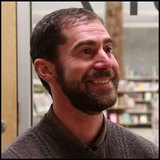 Dr. Samuel Singer grew up exploring the high desert in Yerington, Nevada. Study for a B.A. in Physics and Astronomy took him to Hampshire College and the deciduous forests of the east coast, where he discovered his love for outdoor science education. He earned a Masters in Science Education – Environment & Natural Resources by way of the Teton Science Schools of the University of Wyoming. Over the past decade Samuel has worked as an outdoor educator and wilderness guide in Wyoming and across the country. Samuel is also an accomplished astronomy educator and amateur astronomer. After he completed his doctorate degree in Science Education from the University of Wyoming he founded the Jackson based nonprofit organization, Wyoming Stargazing. On his time off, he enjoys meditation, backcountry skiing, rock climbing, and trail running.
5 Comments
By: Gianna Savoie, Executive Director, Ocean Media Institute They say there are ocean people and mountain people. As a filmmaker and storyteller, I have chosen to perch myself on the intersection of both. 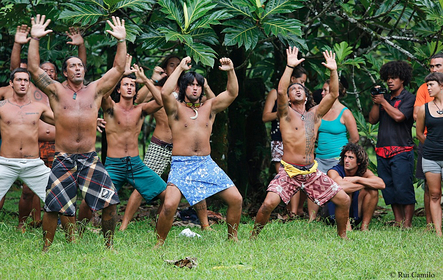 Six years ago, I found myself sitting in an edit room in New York City, finishing a film about wolverines for NATURE and National Geographic when I was invited to Montana State University to teach in their MFA program for Science and Natural History Filmmaking. Just as I was planning my move to the mountain-ringed town of Bozeman, I was offered a job to write and story produce a feature-length documentary about the ocean. The project sounded incredible -- we would be joining a group of 120 South Pacific Islanders who were to sail (and celestially navigate) a fleet of Polynesian voyaging canoes on a two-year, twenty-thousand mile journey across the Pacific in order to carry a message about the ocean’s health to the world. There was absolutely no hesitation in my response. I was on board. Having grown up in the "Ocean State" of Rhode Island, if there was one language I thought I understood well, it was that of the sea. I was excited by her rant through a storm, and soothed by her easy lullaby on a quiet summer night. When I moved to New York, I sought out that familiar voice to cut through the noise. Whether taking a walk across the Brooklyn Bridge, strolling the Boardwalk on Coney Island, or dipping my toes in the Atlantic at Rockaway Beach, the voice of the ocean was a constant companion, one that anchored me. With a move to Montana, I had expected that voice to be hushed. The nearest coastline would now be a thousand miles away. But, at least I would have my film to get my occasional dose of "blue noise." 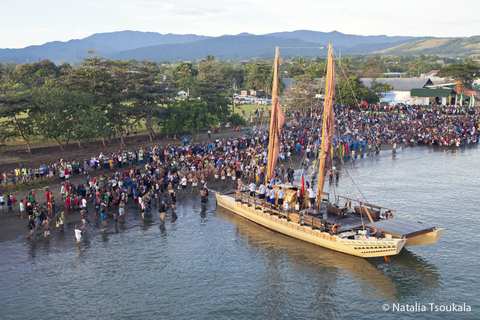 Over the course of the next few years, I kept one foot planted on mountain and the other dipped in ocean, toggling between teaching natural history production in the heart of the Rockies and sailing with the Pacific Voyagers (as they would come to be known) across that great blue universe of water, learning all I could from them. As we made our way across the Pacific from New Zealand to Tahiti, Hawaii to California, Cocos to the Solomon Islands, a story of connection began to emerge, as ancient as it is modern, as sacred as it is scientific. 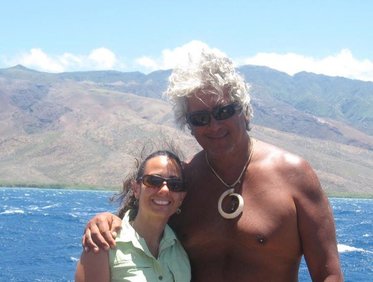 I soon met Tua Pittman, the Master Navigator from the Cook Islands, who would become a main character in our film and one of my dearest friends. He explained what it meant to him to be a citizen – and steward — of the ocean. He taught me about the importance of the canoe in South Pacific culture. “We have a saying: 'He va'a he moku, he moku he va'a,' which means, ‘The canoe is our island, and the island is our canoe.'" He then showed me a large stone set at the base of the mast and explained that it was a mauri stone -- a rock from his home that would accompany them on the entire journey and remind them of the connection between land and sea. As he spoke, I began to understand. The canoe was not simply a vessel that moves people from place to place, but a microcosm of the planet -- a place of limited resources where people must work together and live sustainably in order to survive. And with that, we had our film's title: Our Blue Canoe. Watch the trailer here. 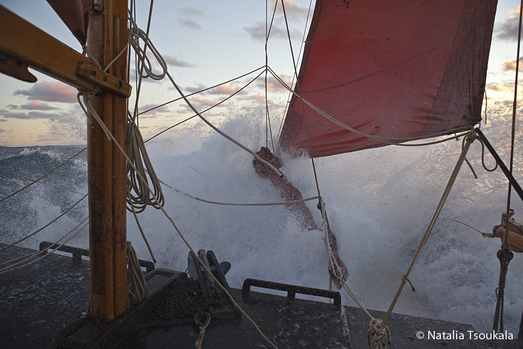 Through the film (which has just been released in the Pacific and with US distribution on its way), we come to relate to the ocean in all its power and fragility via the experience of these intrepid sailors. Together, we revel in the company of Blue whales, and curse the raft of plastic beneath the swells. We brace ourselves through feral storms, and celebrate safe arrivals on remote and wild shores. As our Pacific crewmates open their lives and their culture to us with humor and grace, heartbreak and hope, we discover their journey becomes our journey; their dreams become our dreams – their story becomes woven into ours. And at the heart of their message rests the notion that this ocean is not a barrier that separates our islands, our nations, and continents, but rather the bridge that links us all. And that, perhaps was the most important lesson that I carried back to Bozeman. The ocean is not confined to that blue expanse beyond the land's edge. Even here in my land-locked state, the language of the ocean is communicated in rich, full verse. Though not heard through the pounding of surf or lapping of waves, here in the mountains, the ocean sings in a different register. It pings across the ice of a blue-white glacier and rasps in the whirling diamond dust on a sub-zero morning. The ocean is, in fact, as close as the clouds that fringe the peaks, as common as fresh snowfall on the towering spruce, as much a part of us as our every second breath. 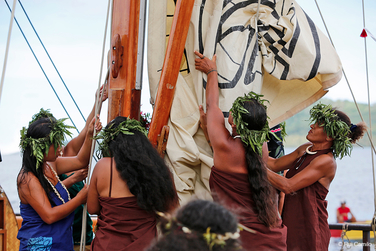 In order to pay forward my experience with the Voyagers, I have since established the non-profit organization, Ocean Media Institute right here in Bozeman, Montana. Bringing together scientists and students, media makers and policy makers, OMI expands the public's understanding of ocean science and conservation through the collaborative creation and distribution of innovative visual media. At the core of OMI's mission is the truth that Ocean in EVERYWHERE. 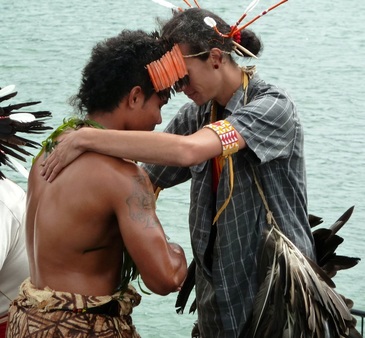 We often think in terms of what separates us: our religion, our color, our land, our language. We tend to frame our lives in the context of “boundaries.” But if there is one thing that I have learned since moving from sea-level to five-thousand feet, it’s that nothing is truly isolated. Everything is interconnected, interdependent. Mountain needs Ocean as bone needs blood. As modern society needs ancient wisdom. As stories need hearts to be heard. So, in that spirit of connection, I invite you on this World Oceans Day to think deeply about YOUR relationship to our blue planet and celebrate it, no matter where you find yourself -- from coastline to ridgeline. You are Ocean. oceanmediainstitute.org
We reached out to our festival filmmakers to ask them five questions about the experience of making their films.
Trailer for Jago: A Life Underwater
What inspired you to make this film? James Reed: “A life long love for the ocean, diving and the Bajau people. But most significantly meeting James Morgan and Johnny Langenheim whose experience and access helped make a film, on a very unique Bajau man, a reality.” James Morgan: “I've been photographing the Bajau and other marine nomads since 2009. When James R. suggested collaborating on Jago, I jumped at the opportunity. Spearfishing and free diving are innately cinematic, but there's also a bigger, more important story: the use of marine resources and the effect of wider changes on indigenous communities.” Were there any particularly meaningful moments or experiences in the process? James Reed: “Finding Rohani (the star of Jago) for the second time in Sulawesi. We discovered him two years earlier but we had no idea whether we'd find him again when we came back to make the film. He has no phone and travels in his little sailboat a lot. We were so excited to find him but he was pretty calm and said he'd been expecting us. Aside from that, winning the Grand Teton at Jackson Hole was genuinely the most moving and meaningful experience of the whole thing.” James Morgan: “Listening to Pak Rohani's life story slowly emerge over the course of a series of interviews was particularly satisfying. It's always an honour when someone entrusts you with their story in that way. Especially when you're dramatising reenactments.” Describe some of the challenges? James Reed: “Shooting the whole film in 19 days, nobody getting paid and all expenses going on my credit card! These things cause a bit of stress but the team was exceptional and somehow the fact that none of us were earning from it made us focus on doing the absolute best we could. We had nothing to gain from it other than to do something we were proud of.” James Morgan: “Shooting at sea and in boats is always complicated, lots of hanging over the side of boats and coordinating boat movements. There is one sequence that involved standing on the front of a boat with a gimbal as it approaches Rohani's hut and then jumping off through his doorway, whilst trying to keep the shot smooth.” What are you working on now? James Reed: “I'm working at Keo Films in Bristol. It's a smaller branch of a big London based company. They do some fantastic films, of all different kinds, and I'm really enjoying it.” James Morgan: “I'm making a new drama set in the Arctic circle with the support of the BFI. It looks at some complicated issues, has some incredible landscapes and should be released later this year.” Anything else you would like people to know? James Reed: “Jago was a genuinely independent project. It had no financing from anywhere when we went to Indonesia to shoot. Being independent was a massive team effort and it would've been nothing without every person (in every role) falling in love with it, going the extra mile and making it the best it could be. Jago has faults, of course, but I still look at it today and think we did the best we could. I'm very proud of it and everyone involved.” James Morgan: “You can find more information about what I’m up to on my website! www.jamesmorgan.co.uk” 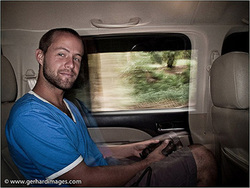
James Morgan (b.1986) is a multi award-winning film director and photojournalist. His in-depth photographic features have appeared in National Geographic, The Guardian, BBC, Sunday Times and many others. His images regularly lead campaigns for the World Wildlife Fund and USAID and are published and exhibited around the world. James’ film work spans features, documentaries, commercials and music videos with clients ranging from Sony and Adidas to Vice and Mercedes Benz. Having worked in over 60 countries, James is comfortable in any environment and can speak English, Malaysian, Spanish, Indonesian and Icelandic. James is represented by both Panos Pictures and Getty Images in London and is a Fellow of the International League of Conservation Photographers.
James Reed has taken audiences on breathtaking journeys with films such as Disneynature’s Chimpanzees, Bears and Monkey Kingdom, as well as programs Nature Shock and Shark. Reed’s impressive portfolio of series and films, which span topics such as nature, wildlife and natural history, have aired internationally on BBC, Discovery and National Geographic.
|
Archives
March 2024
Categories
All
|
Contact UsJackson Wild
240 S. Glenwood, Suite 102 PO Box 3940 Jackson, WY 83001 307-200-3286 info@jacksonwild.org |

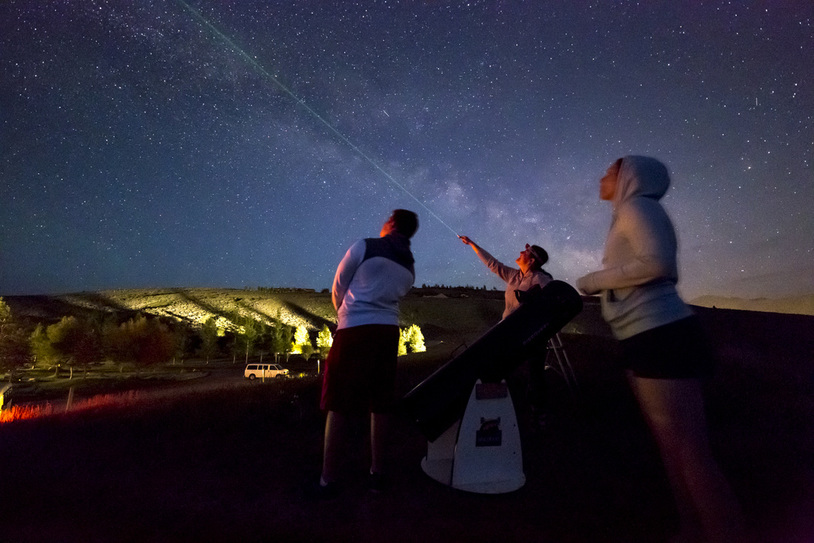
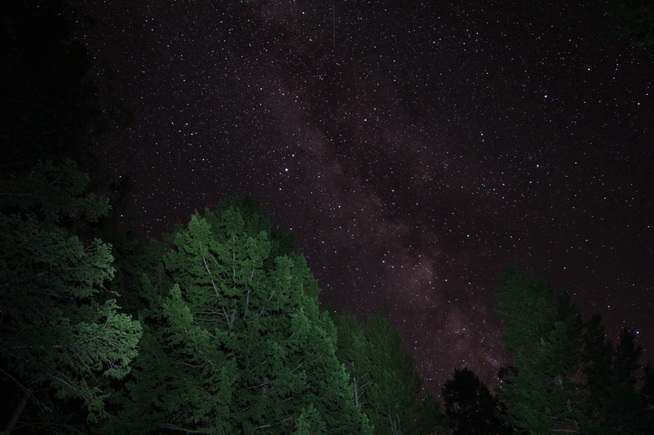
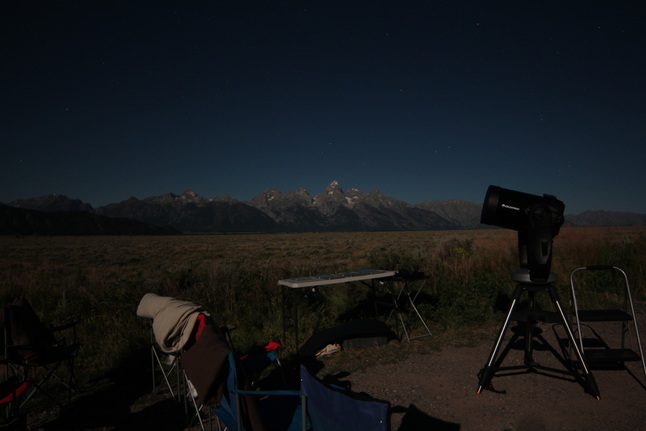
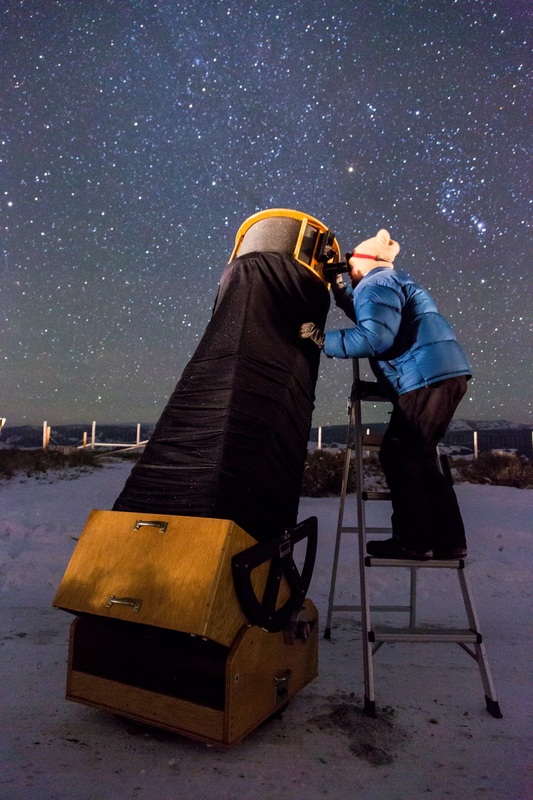
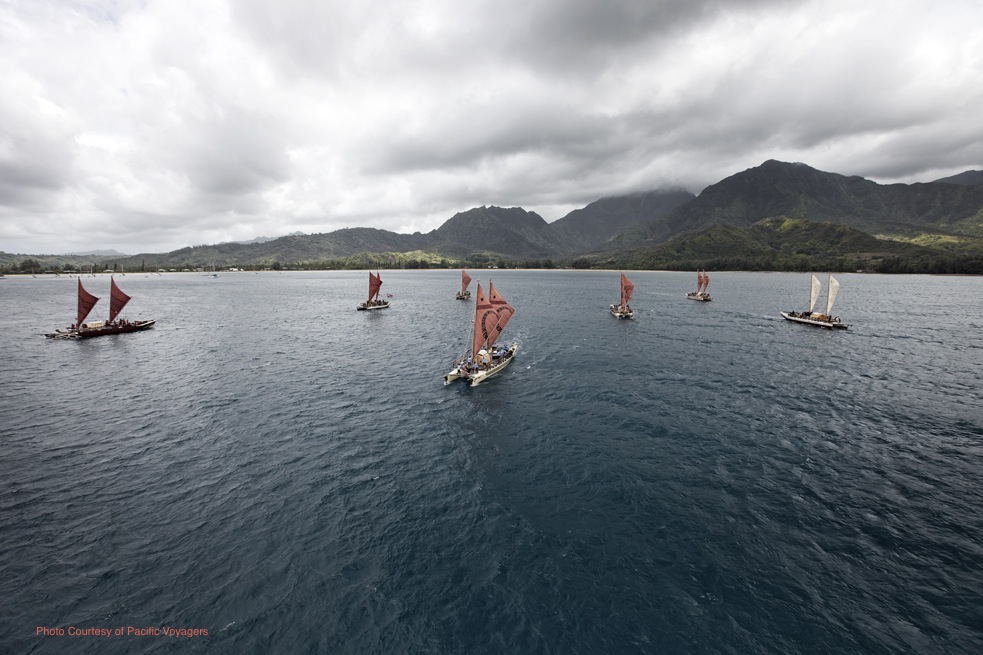
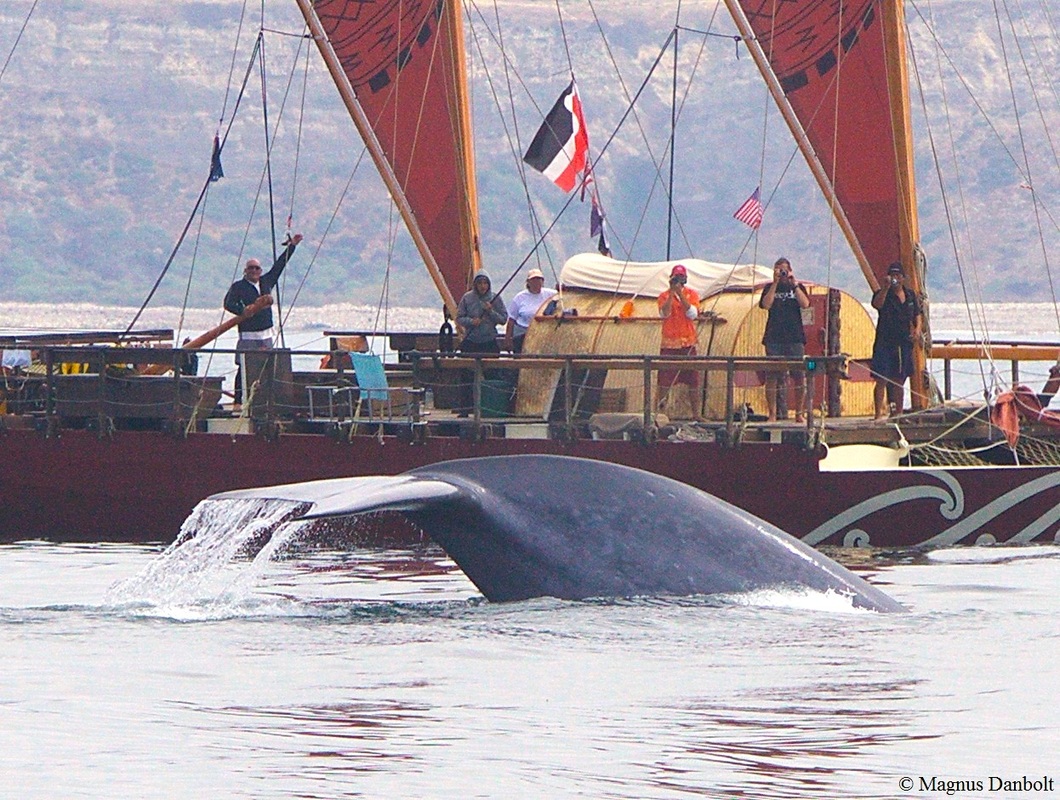
 RSS Feed
RSS Feed